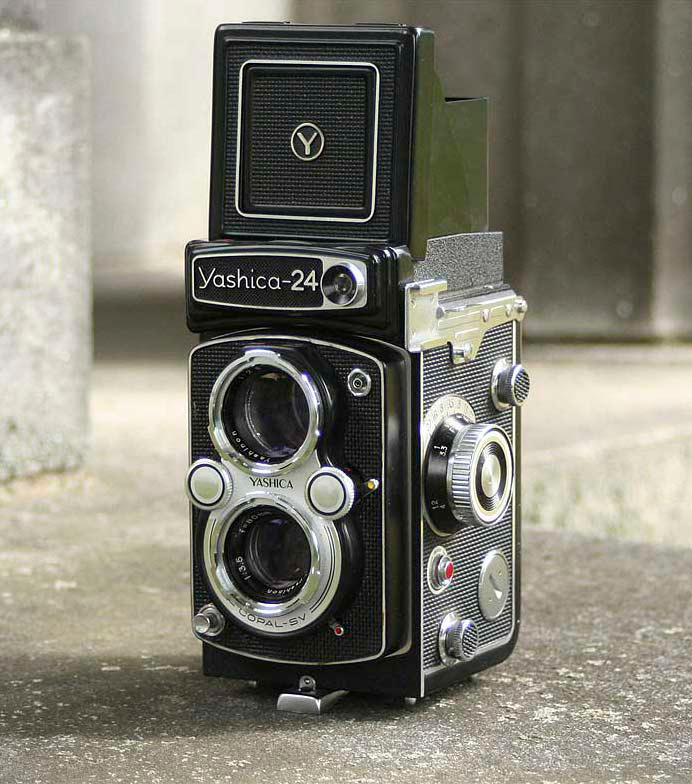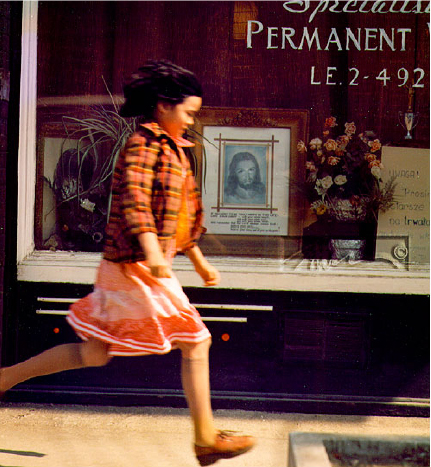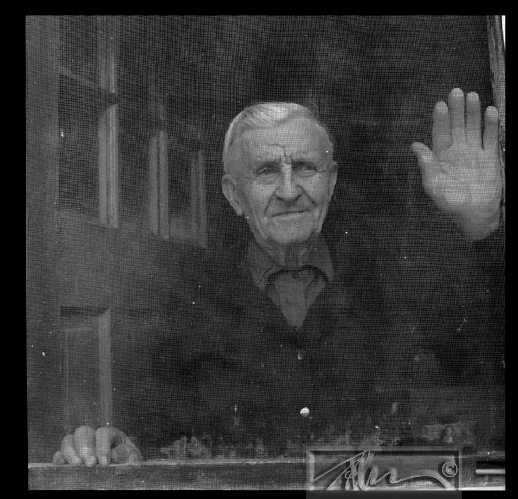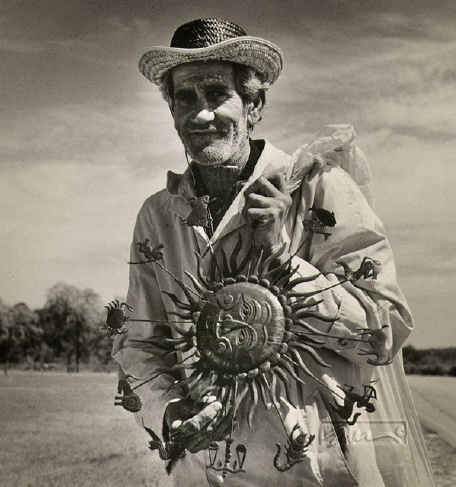Throughout the history of photography there have been a variety of methods that camera manufacturers have given photographers to compose and view what the film or sensor might see.
These days, it seems that every time you see someone shooting a picture, they are staring into the view of their cameras video display while holding the camera straight out in front of their faces at eye level. Unfortunately for a variety of reasons, the majority of camera users have become accustomed to shooting in this manner. After all, the eye level view is the view in which we are most comfortable. It is our common view of the world.
In the past, we had a variety of ways to view and compose images that usually relied on the cameras design as well as function. Interestingly, the design of the viewfinder can have a major play in the outcome of an image.
Today, we tend to forget that the majority of images taken over the history of photography relied on the use of a framed view, which generally was nothing more than very basic rectangular framework to allow the photographer to compose his/her subject. Large format cameras made use of a frosted glass mounted at the film plane, which allowed the lens image to be seen projected on its surface. Single lens reflex cameras made use of a reflexive mirror in the light path that allowed us to see the image exactly as it is formed on the film and also as a way to focus. Most rangefinder cameras used two separate windows to focus and view.
Note: Modern digital photographers may not understand that the image formed on a ground glass or on the film and on today’s camera sensors is actually upside down and flipped right to left while the electronic video image created on a digital cameras video display is always corrected to a ‘normal’ view of the subject. To me, this is something worth knowing.
As we have moved into the digital world, for many users, the old viewfinder systems seems to have become a thing of history and has been replaced by the now familiar display screen found on every new digital camera. I find this regrettable for reasons I will discuss later in another post. Better than relying on the arm stretched display, electronic viewfinders or EVF finders are a much better way of composing in most situations. However, EVF finders have some problems of their own and may not be the best choice for all imaging possibilities.
To me, one of the more interesting viewing systems is the waist level viewfinder. The waist-level viewfinder is usually found on a medium format twin lens reflex camera (TLR) film camera or on a single lens reflex (SLR) film camera. While effective, they have several quirks that can make imaging difficult such as a reversed view from right to left. This makes it more difficult to compose a moving object that can cause the user to move the camera in the opposite direction from the object movement. This can be remedied by using a sports finder that allows one to correctly follow the movement of a subject.
While it is possible to use waist level cameras at eye level, I usually prefer the normal view that these cameras offer. That view is usually one in which the photographer holds the camera at waist level and looks down onto a ground glass surface that shows an image which is formed by the lens through a reflective mirror.
The real difference for many users including myself is that in use, waist-level viewfinders provide a very different vantage point relative to what most other cameras offer. This view is to me matchless in its ability to transform an image.
I love these views because they show a view that is what I call a child’s eye view of the world. Personally, I love this point of view precisely because it is different and because it is an innocent view of the world. This unique view is becoming less and less common and I think regretfully so.
Looking at the recently discovered works of Vivian Maier and others who produced images with these cameras, I find that the view is a friendlier, more compassionate and endearing view of the world. It seems more innocent as from the point of view of a child. It seems to ask questions and gives the world a larger than life focus. This may only be a small difference in angle, but a large difference in composition. You are looking slightly upward at most things, which tends to make them loom large.
Many of today’s photographers seem to forget, or probably never knew that besides the standard eye level point of view, there are other vertically sensitive viewpoints that have delightfully different potential for photographic composition.
Many newer cameras sometimes incorporate an articulated view screen, which can be used in a similar manor. However, most photographers might not actually use these viewfinders for the purpose described. Instead, they might use them for taking very low angle shots or perhaps for shooting from a high vantage point.
To me, the waist-level view is a wonderful device for shooting images that can produce the very interesting and very unique quality of making the world look bigger than life!
Maybe it’s just the child in me, but I like viewing a bigger world.
You can read about my book “Rethinking Digital Photography” here.
Please have a look at some of my other posts here.
NOTICE of Copyright: THIS POSTING AS WELL AS ALL PHOTOGRAPHS, GALLERY IMAGES, AND ILLUSTRATIONS ARE COPYRIGHT © JOHN NEEL AND ARE NOT TO BE USED FOR ANY PURPOSE WITHOUT WRITTEN CONSENT FROM THE WRITER, THE PHOTOGRAPHER AND/OR lensgarden.com. THE IDEAS EXPRESSED ARE THE PROPERTY OF THE PHOTOGRAPHER AND THE AUTHOR.






